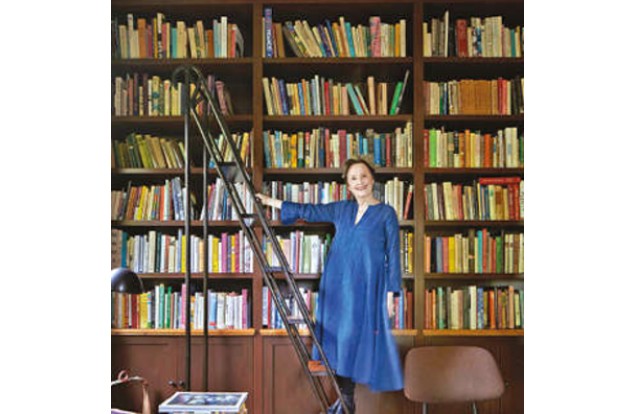Begin typing your search...
How many books will make a place feel like home?
As the pandemic’s social and economic disruptions have nudged people into new homes, some are questioning whether it is worth dragging along their collections.

At the turn of the millennium, Reid Byers, a computer systems architect, set out to build a private library at his home in Princeton, New Jersey. Finding few books on library architecture that were not centuries old and in a dead or mildewed language, he took the advice of a neighbour across the street, novelist Toni Morrison. Morrison “once famously said if there is a book you want to read and it doesn’t exist, then you must write it,” recalled Byers, 74, in a video chat from his current home, in Portland, Maine.
The project stretched over a generation and culminated this year in a profusely illustrated, detail-crammed, Latin-strewn and yet remarkably unstuffy book called “The Private Library: The History of the Architecture and Furnishing of the Domestic Bookroom” (Oak Knoll Press). The opus arrives at an ambivalent time for book owners. As the pandemic’s social and economic disruptions have nudged people into new homes, some are questioning whether it is worth dragging along their collections. Given the inflated costs of real estate and the capacity of e-readers to hold thousands of titles, maybe that precious floor and wall space could be put to other uses? Lisa Jacobs, founder and CEO of Imagine It Done, a home organization service in New York City, said that out of hundreds of projects in the past few years, she can recall only three requests to organize books. In one of those examples, the arranged books were treated as a backdrop to be admired, but not read. “The clientele that has collected books through the years are not as numerous for us,” she said.
And yet there are clear benefits in a pandemic to having a private sanctuary programmed for escapism. “The tactile connection to books and the need for places of refuge in the home, both for work and for personal well-being, have made libraries a renewed focus in residential design,” said Andrew Cogar, president of Historical Concepts, an architecture firm with offices in Atlanta and New York. Morgan Munsey, who sells real estate for Compass in New York, has seen well-groomed libraries in brownstones help spark bidding wars. “Even when I stage a house, I put books in them,” he said.
In “The Private Library,” Byers goes to the heart of why physical books continue to beguile us. Individually, they are frequently useful or delightful, but it is when books are displayed en masse that they really work wonders. Covering the walls of a room, piled up to the ceiling and exuding the breath of generations, they nourish the senses, slay boredom and relieve distress. “Entering our library should feel like easing into a hot tub, strolling into a magic store, emerging into the orchestra pit, or entering a chamber of curiosities, the club, the circus, our cabin on an outbound yacht, the house of an old friend,” he writes. “It is a setting forth, and it is a coming back to center.”
Byers coined a term “book-wrapt” to describe the exhilarating comfort of a well-stocked library. The fusty spelling is no affectation, but an efficient packing of meaning into a tight space (which, when you think of it, also describes many libraries). To be surrounded by books is to be held rapt in an enchanted circle and to experience the rapture of being transported to other worlds.
So how many books does it take to feel book-wrapt? Byers cited a common belief that 1,000 is the minimum in any self-respecting home library. Then he quickly divided that number in half. Five hundred books ensure that a room “will begin to feel like a library,” he said. And even that number is negotiable. The library he kept at the end of his bunk on an aircraft carrier in Vietnam, he said, was “very highly valued, though it probably didn’t have 30 books in it.”
Julie Lasky is a journalist with NYT
Visit news.dtnext.in to explore our interactive epaper!
Download the DT Next app for more exciting features!
Click here for iOS
Click here for Android
Next Story



